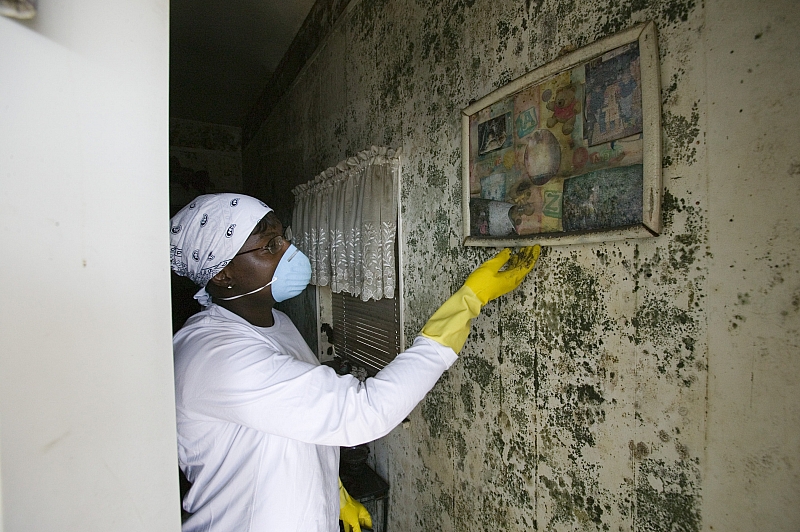
A proper process will minimize health risks and property damage. Here are the five steps to effective mold remediation.
- Plan the process. Many homeowners will simply purchase a can of spray, a bag of powder and go about remediation. This may be effective, but it is also labor intensive. It is better if a comprehensive plan is put in place as soon as the problem is recognized. A thorough plan will help homeowners eliminate the growth at its earliest stage.
- Remove possible vectors. There are a few vectors that will help promote mold growth. These vectors include the moisture of carpeting and furniture, damp heat sources like unset fireplaces, and mold spores that are carried in smoke and fire. The ideal situation is for everyone to keep a humidifier on constantly, so the smoke and water don’t condensate on surfaces and furnishings.
- Use a high efficiency particulate trap (HEPA). HEPA will trap airborne mold spores and other particulate matter. This will help reduce the number of potential vectors for mold growth.
- Use a good mold remediation process. It is essential that homeowners use a professional mold remediation process. This process will ensure a thorough removal of all visible growth. A good process will also make note of every source of moisture.
- Keep records. It is important for homeowners to keep good records. This is important so that mold remediation can be tracked after treatment. It will also help homeowners identify areas where other moisture sources could possibly promote mold growth.
When a home is under threat from mold, the homeowner should immediately call a professional mold remediation company. After mold growth has been identified, homeowners should then begin to follow a remediation process. This process will ensure the best chance of eliminating the growth, preventing further spread and minimizing health risks. The most important step in mold remediation is keeping detailed records of all areas where water could possibly build up and promote mold growth. This will help the company identify where further remediation is needed and where mold growth is likely to continue. After these initial steps, homeowners can take other steps to reduce their risk of mold growth. However, homeowners should not wait for mold to get worse before taking steps to eliminate it. The longer a home remains under threat from mold, the greater the chance of further spread. The most efficient remediation process removes mold as soon as it is noticed so that any future pockets of mold are not allowed to develop.
By following these steps, homeowners will be able to better protect their homes from mold and minimize the chances of future mold growth. These mold remediation steps are the minimum necessary to keep your home mold free. A good process will also keep detailed records of moisture and dampness throughout the house and the last step will ensure that future mold removal is as effective as possible. A homeowner should also keep records of the companies they have hired and how much their home has improved. Such records can help homeowners come back to the company if they notice signs of mold in the future.

